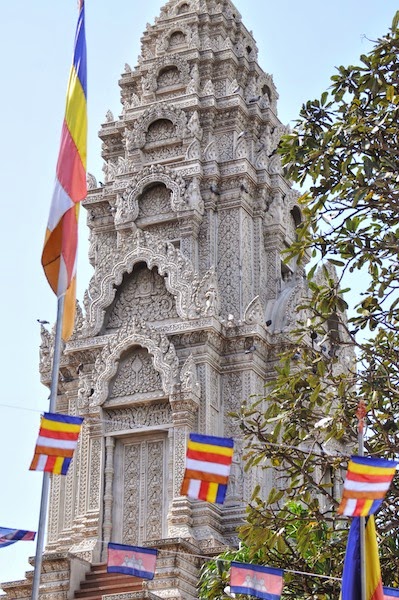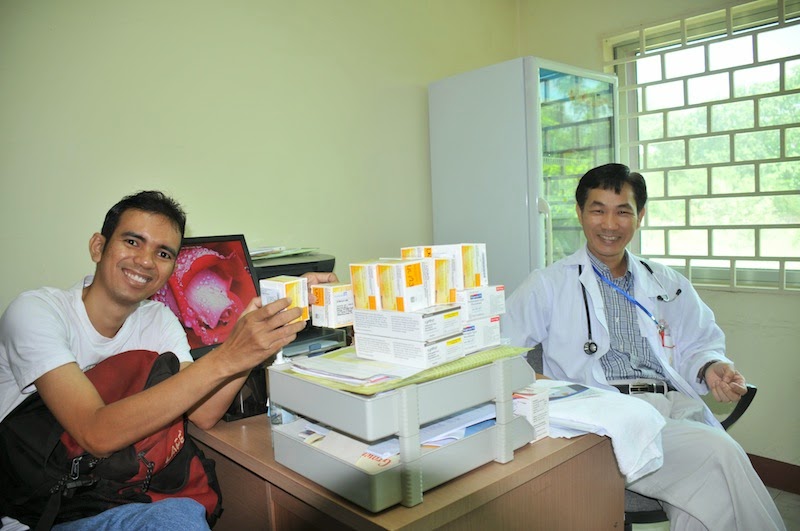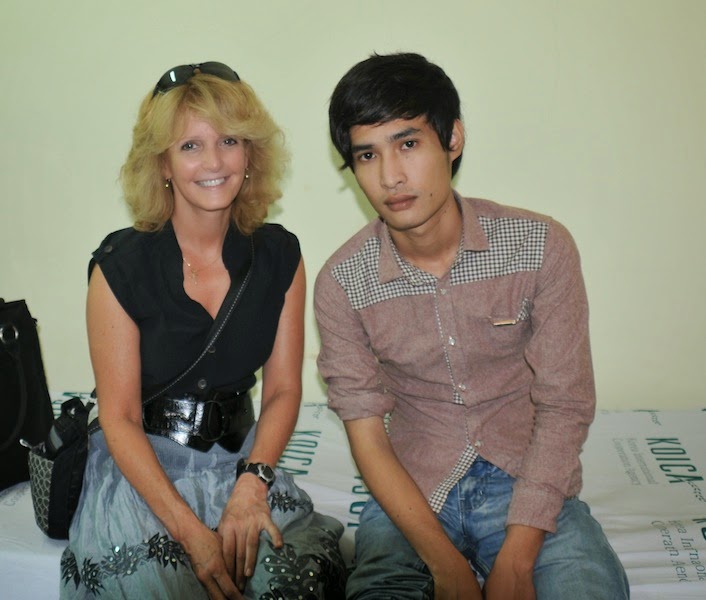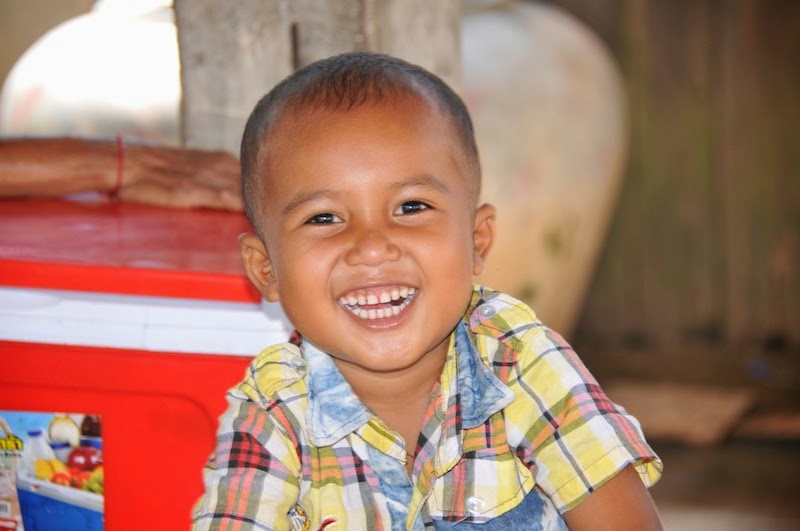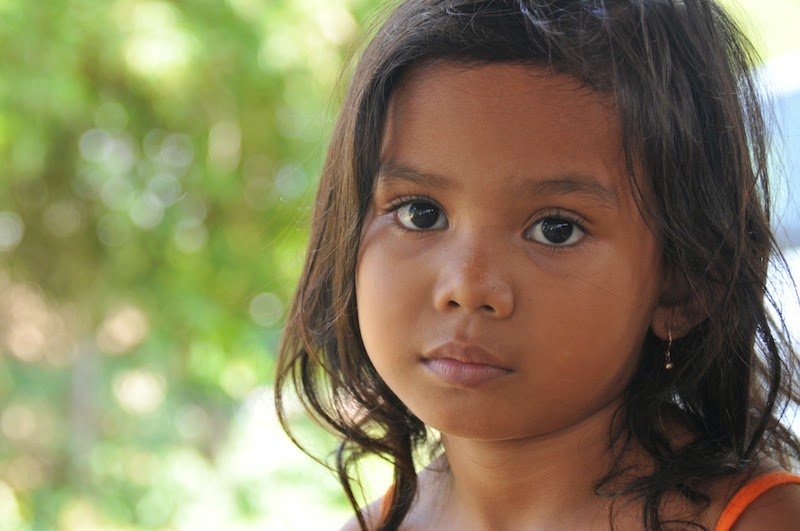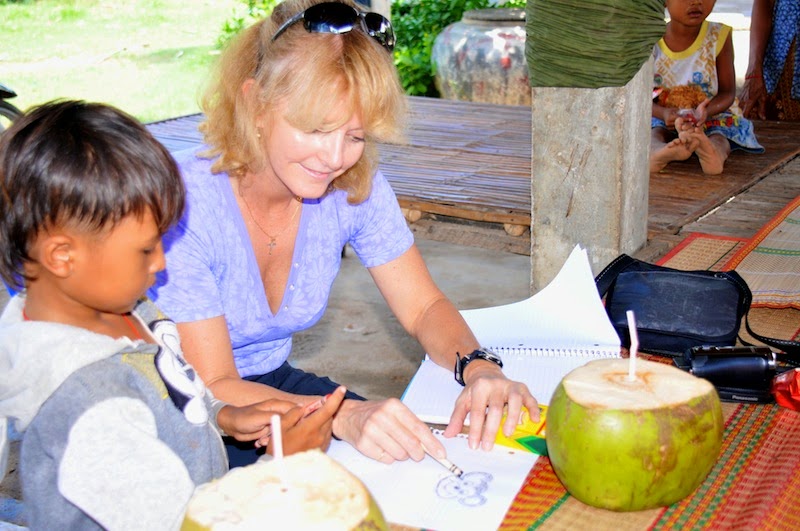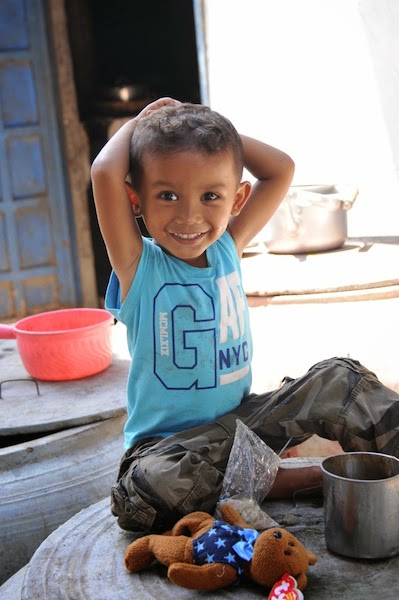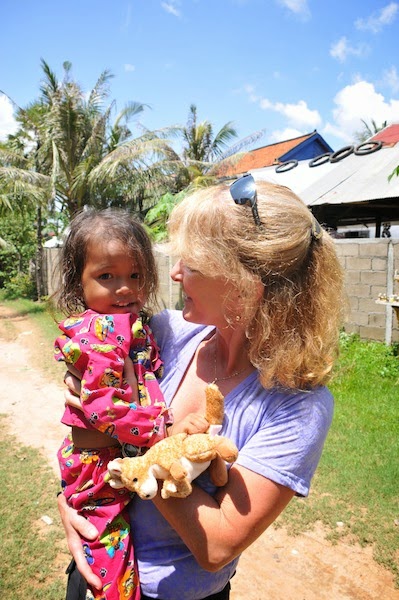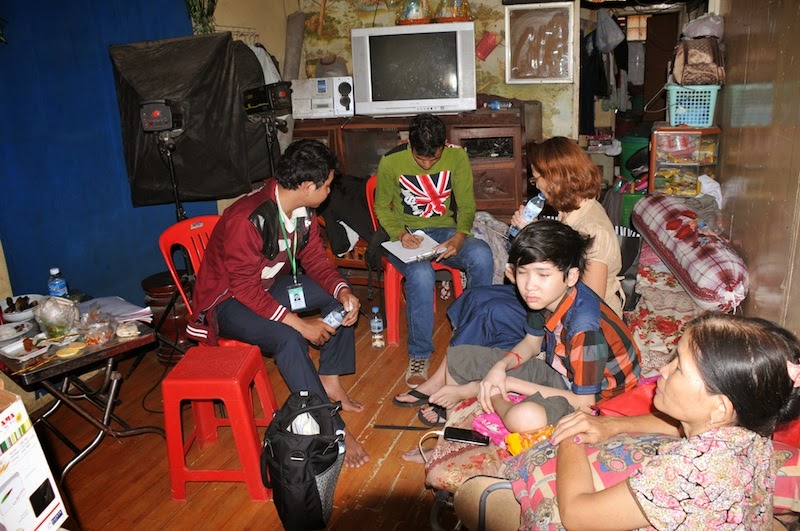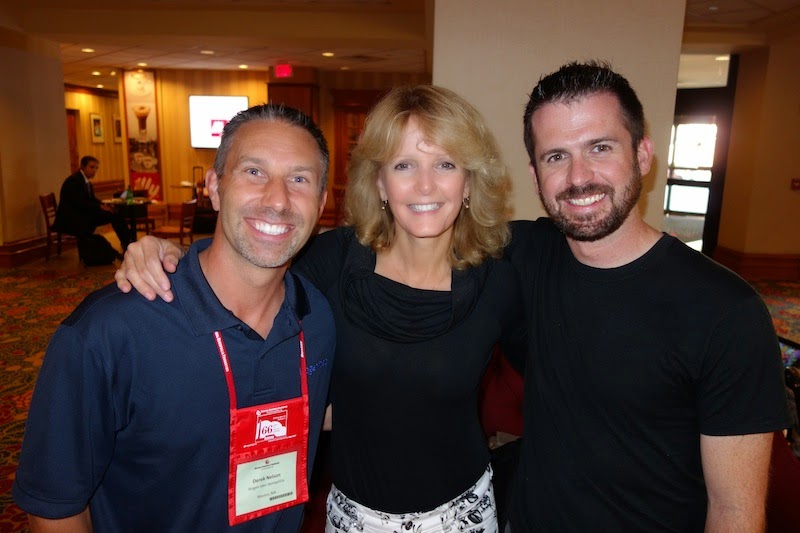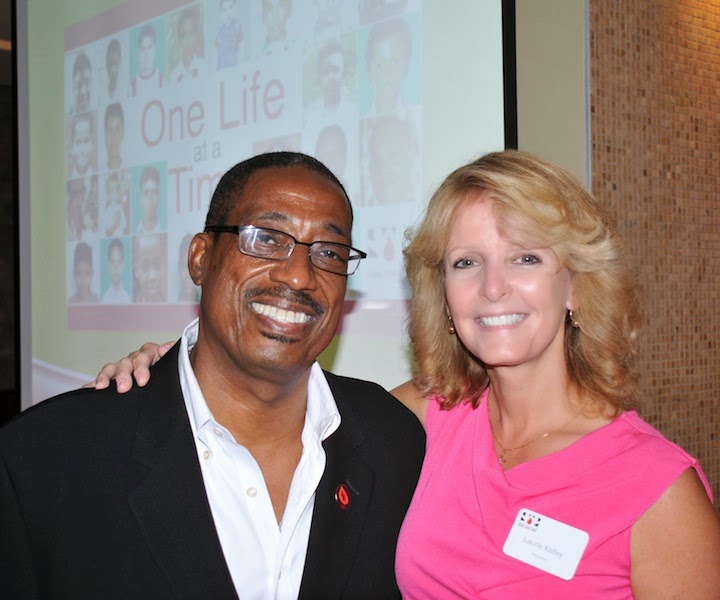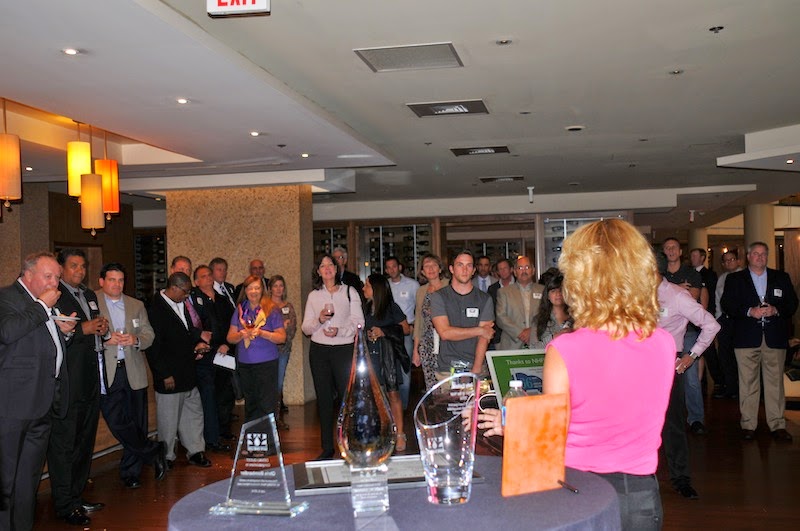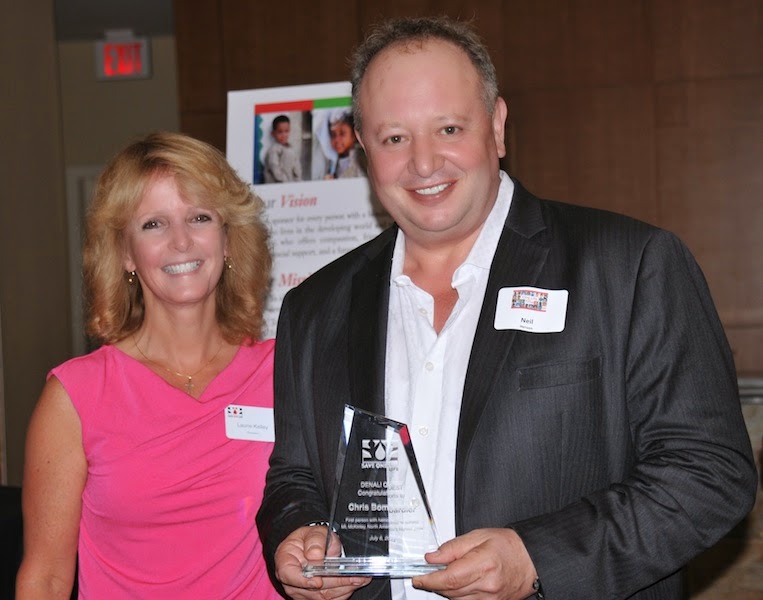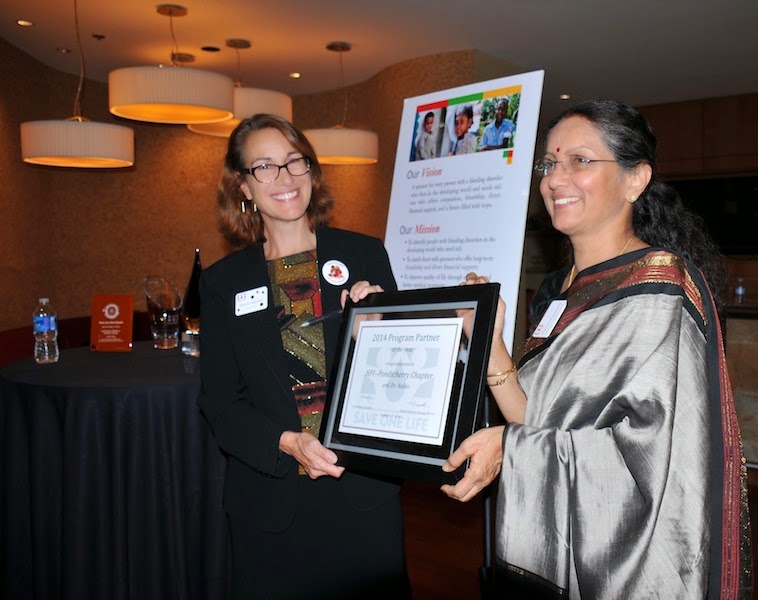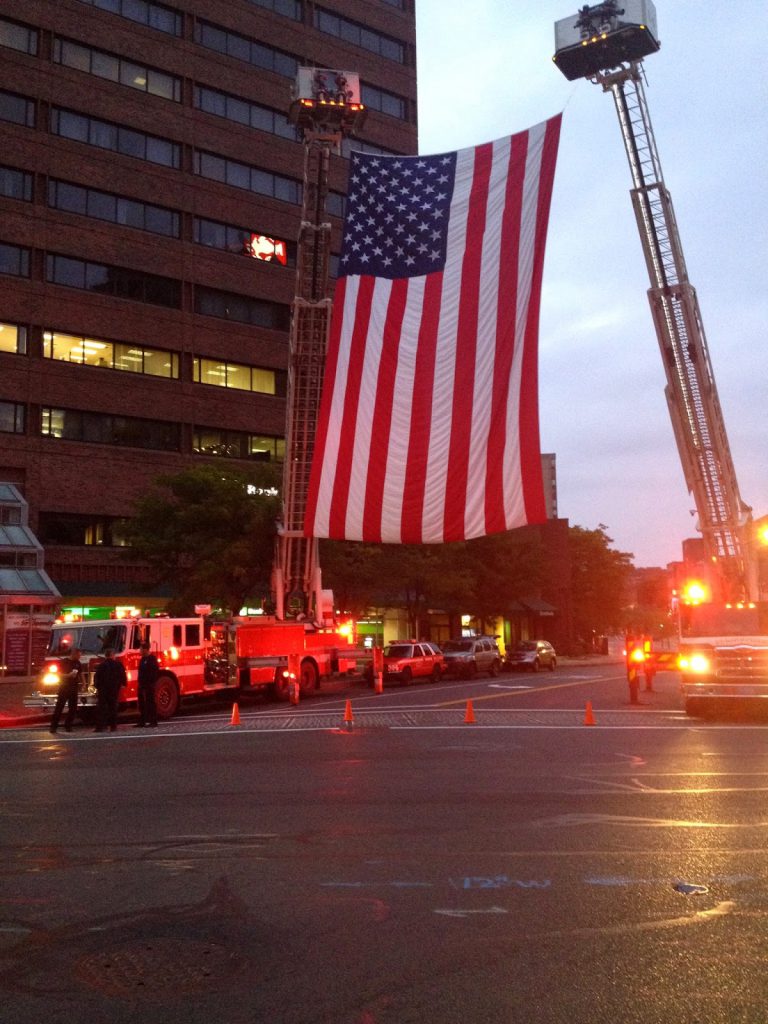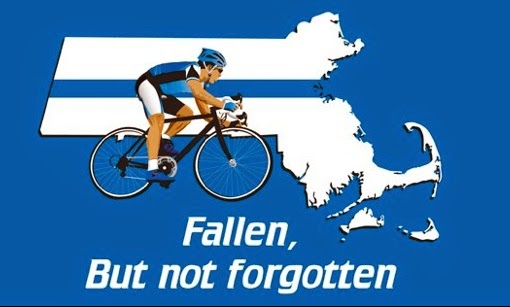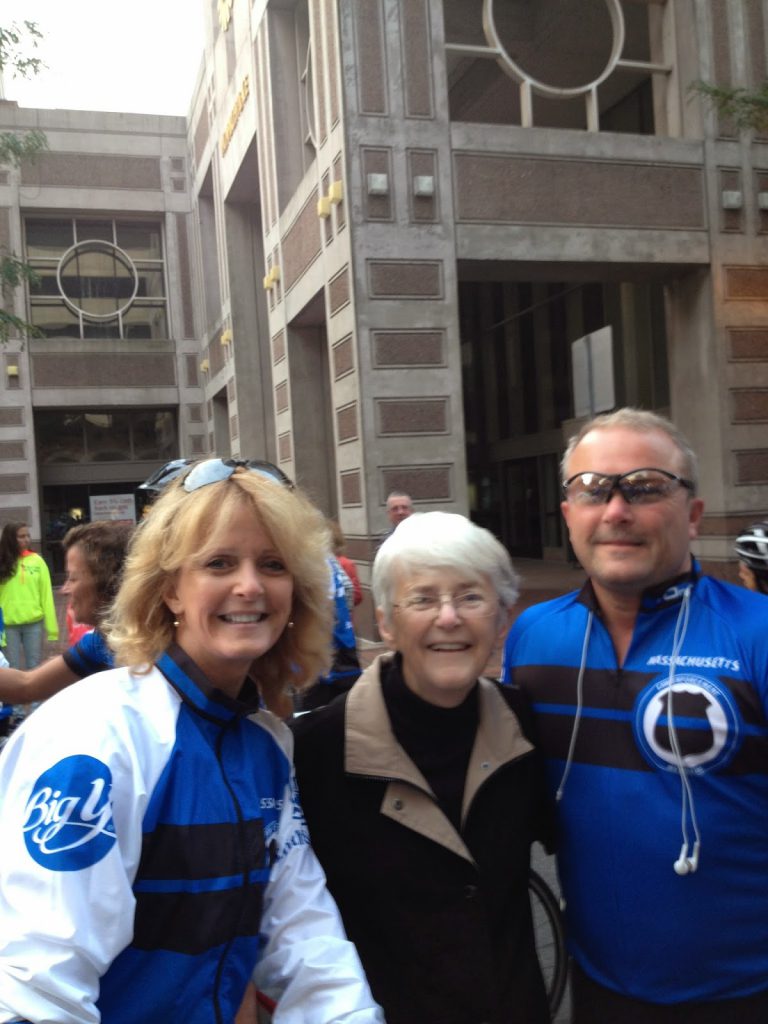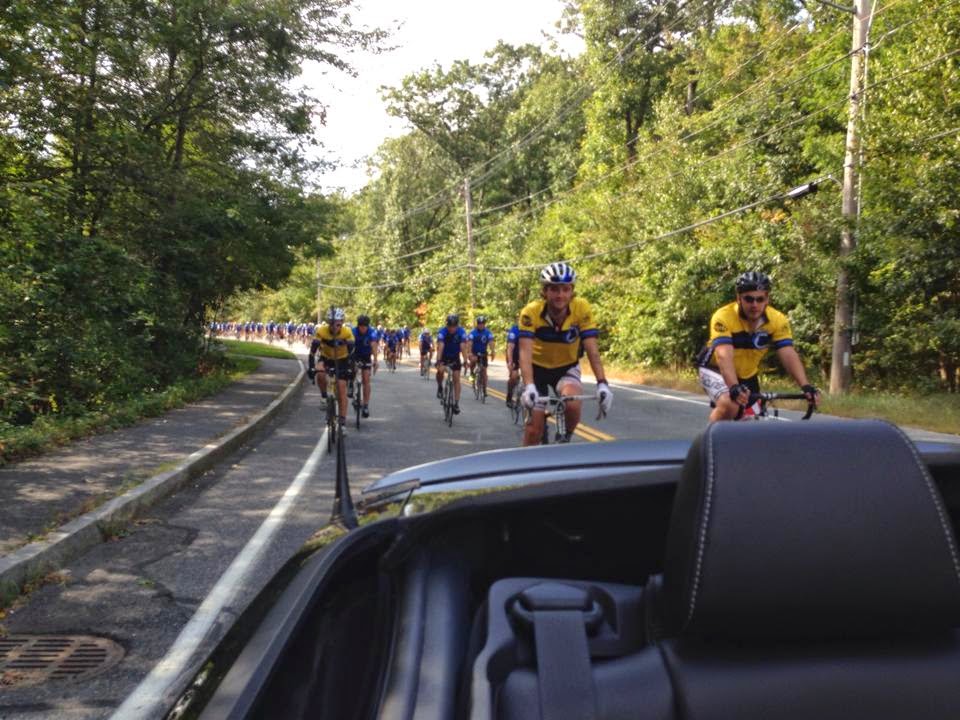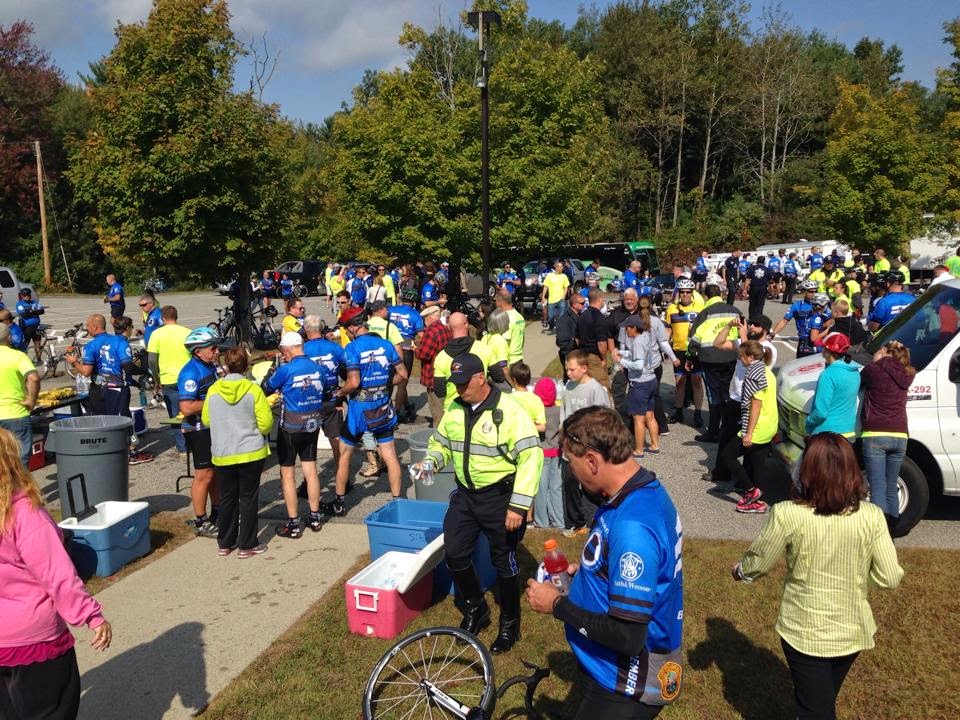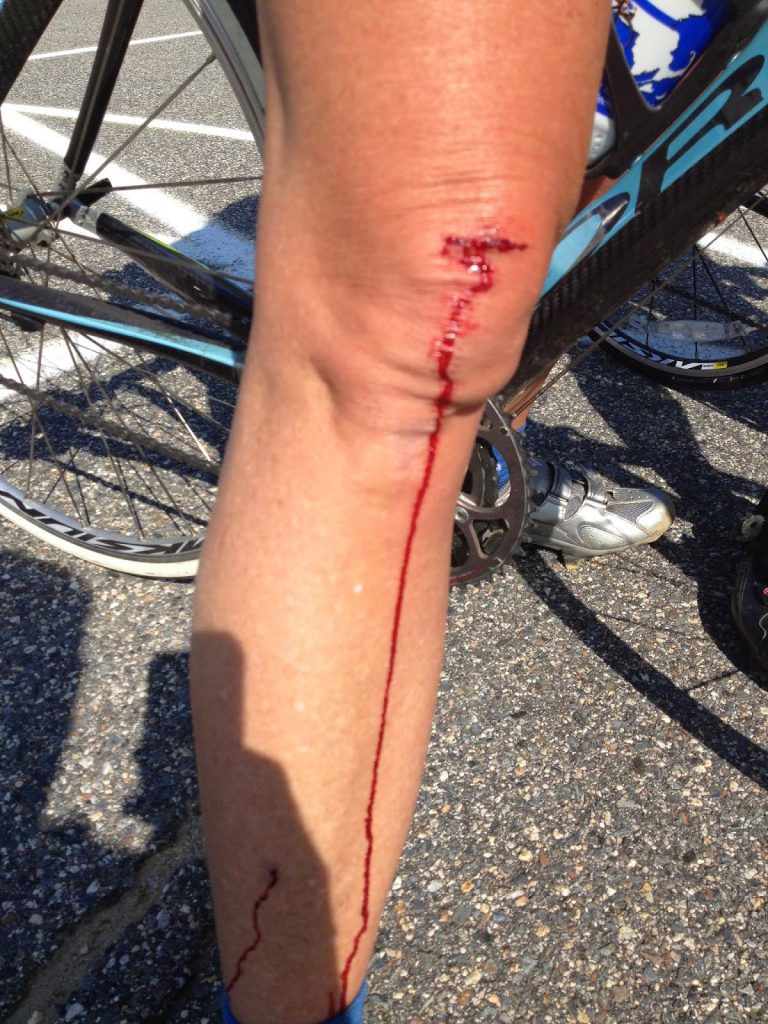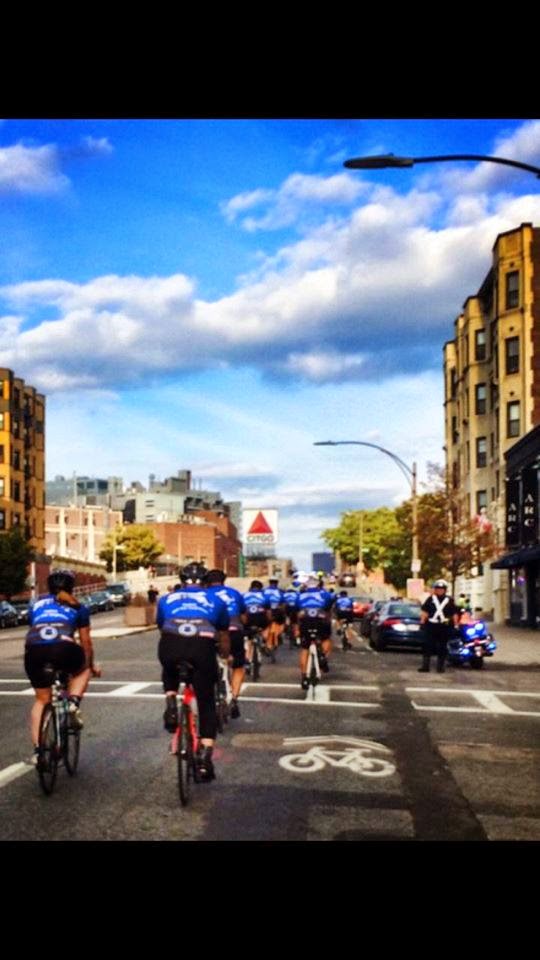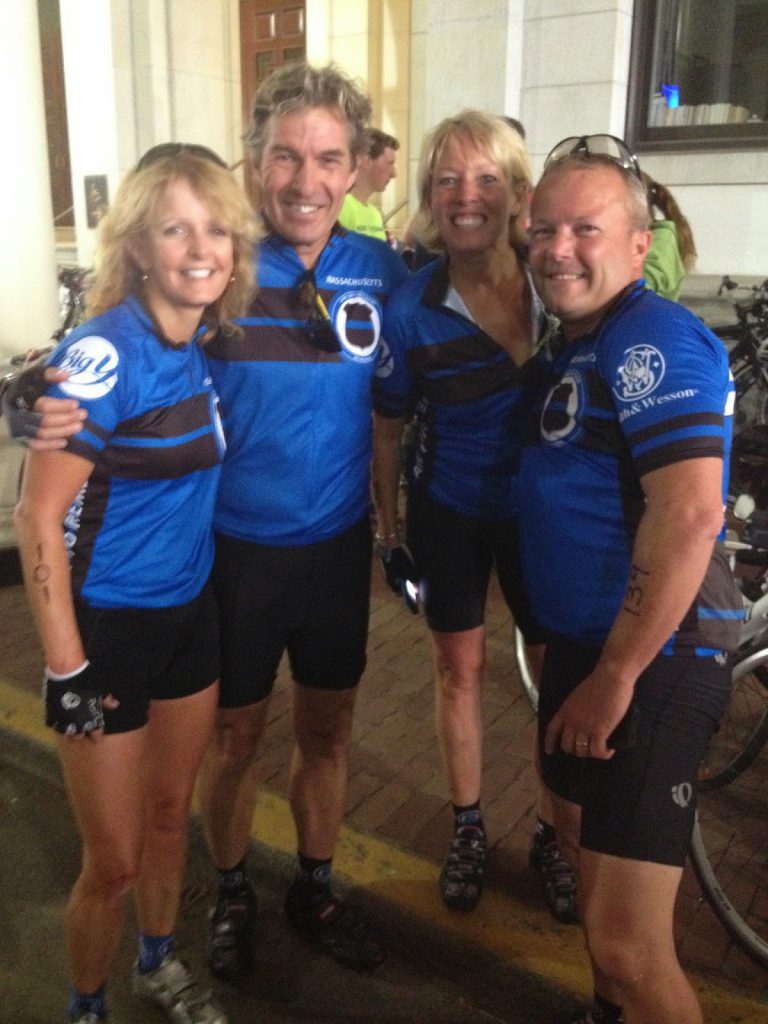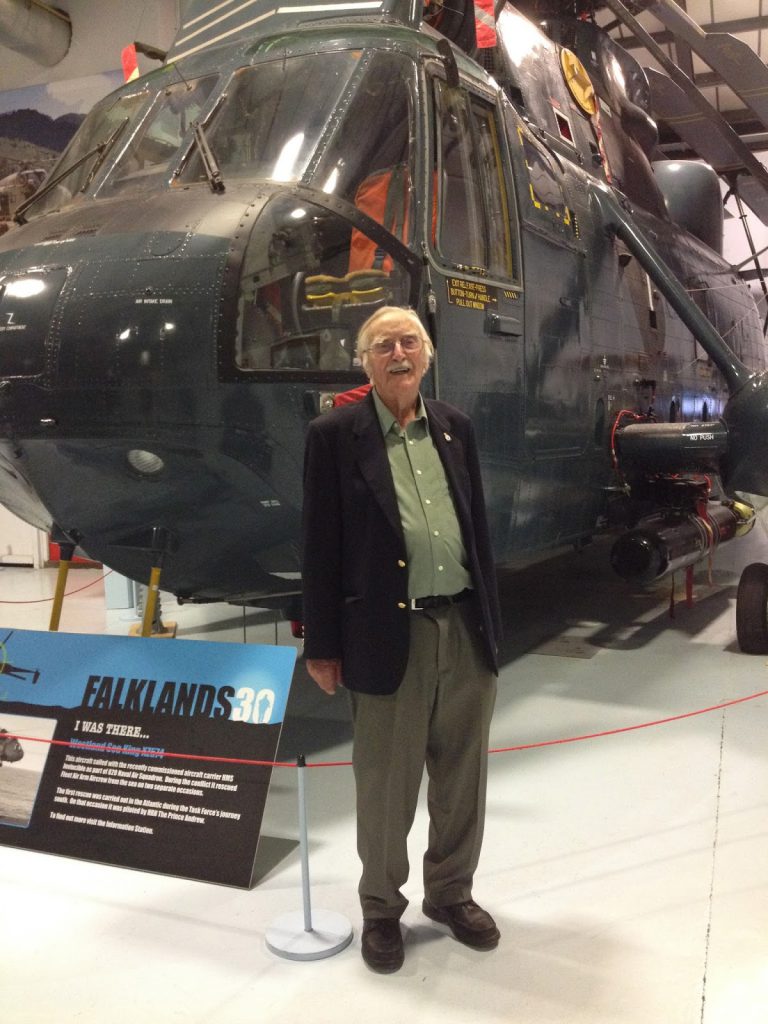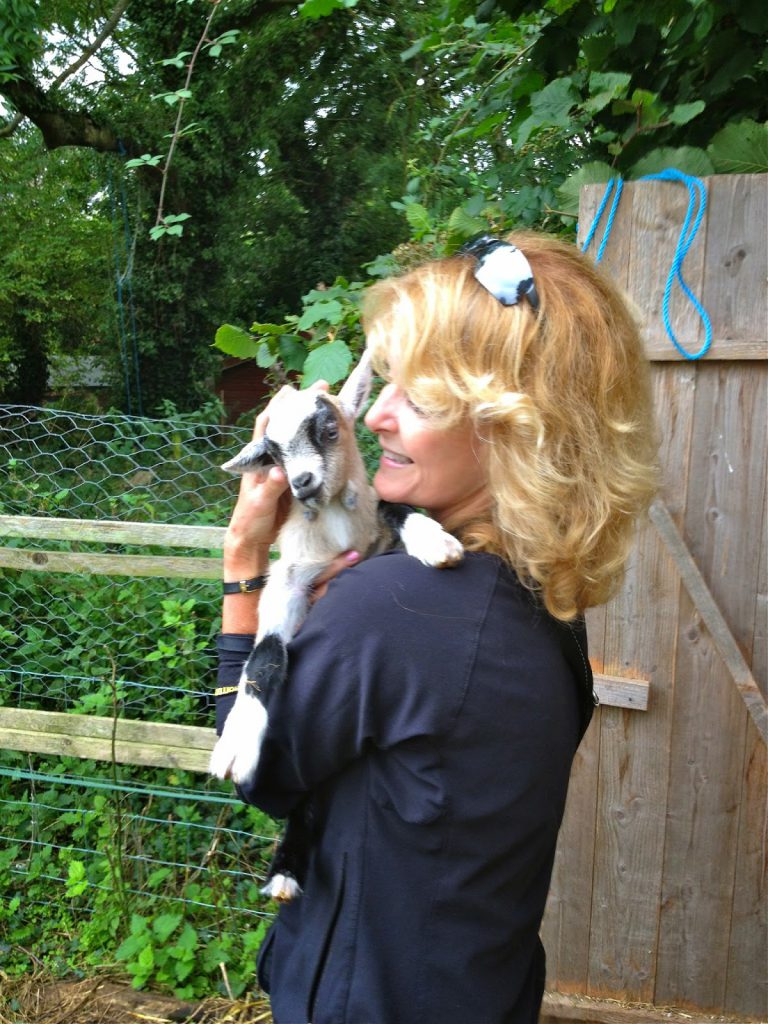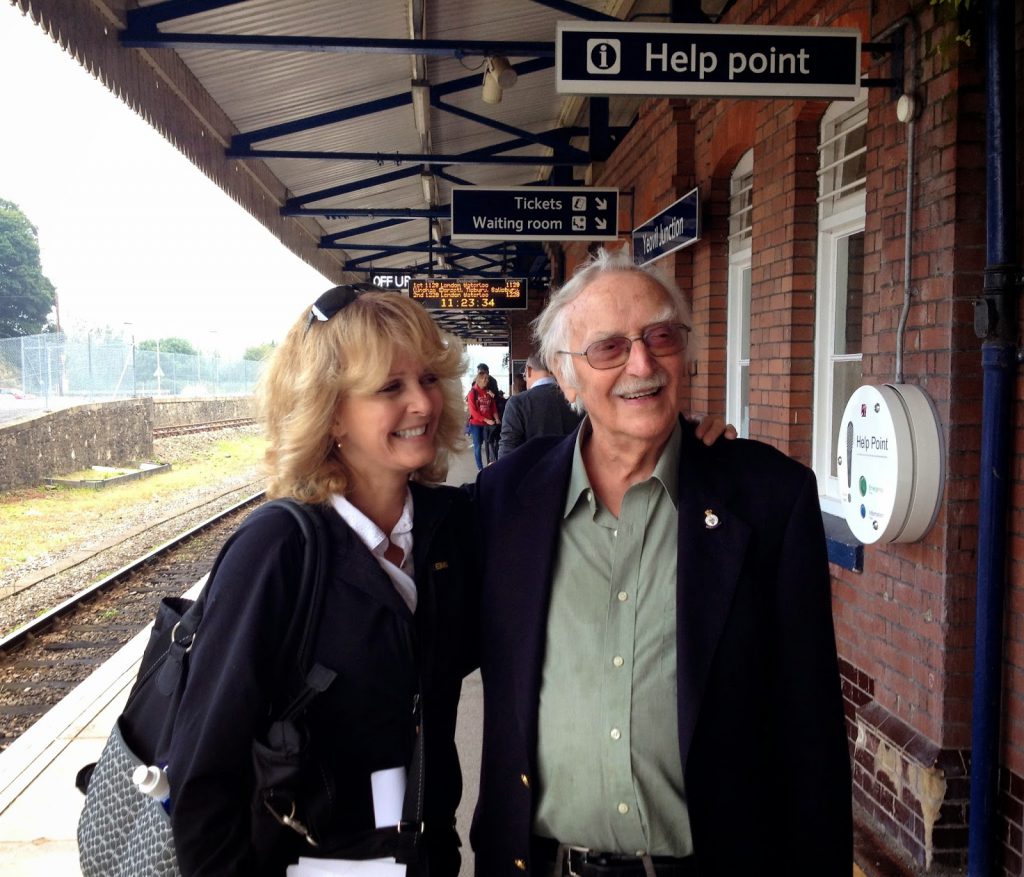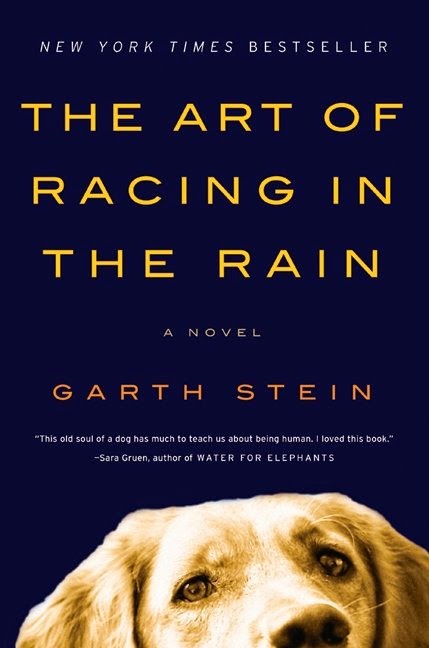Cambodia: Ancient Country, New Partner
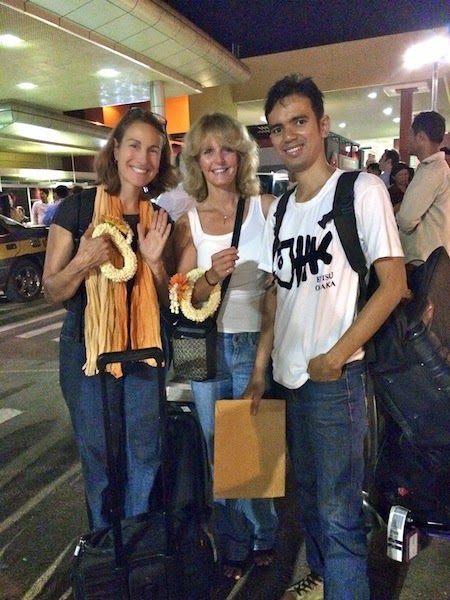 When Save One Life executive director Martha Hopewell and I arrived at
When Save One Life executive director Martha Hopewell and I arrived atmidnight after traveling three flights in 30 hours, we sailed through customs in Phnom Penh, capital of Cambodia, even though I am carrying factor to donate; it’s always a good day when all our bags show up. Sithan, a 33 year old with hemophilia A, and president of the Cambodian Hemophilia Association (CHA) and his wife were waiting to greet us, with jasmine wreaths.
great! We plan our week which will include visits to the hospitals, families, and The Killing Fields.
 |
| Laurie with random kids in front of Royal Palace |
think that since 2008 only the WFH and us, Project SHARE, have supplied them
with factor! These are the moments when I realize what a far-reaching impact we
have had—and yet realize we need to work harder to help. While there, Sr. Sophal only had about 30 boxes of FIX in the fridge, and that he said would
last him two years!
with enlarged knees. He has hemophilia A. We gave Dr. Sophal our gifts of
CryoCuffs and factor VIII. He immediately shared some with Sithan, who was nursing a postsurgical wound in his mouth. He had had his wisdom teeth extracted last week, and one required a stitch.
dining room, which was decorated tastefully in Cambodian fashion: dark wood, soft cushions, carved statues of Ganesha, Buddha, and elephants. But it was playing some awful and loud music: pop and show tunes. We had to
ask them to turn it down so we could even talk.
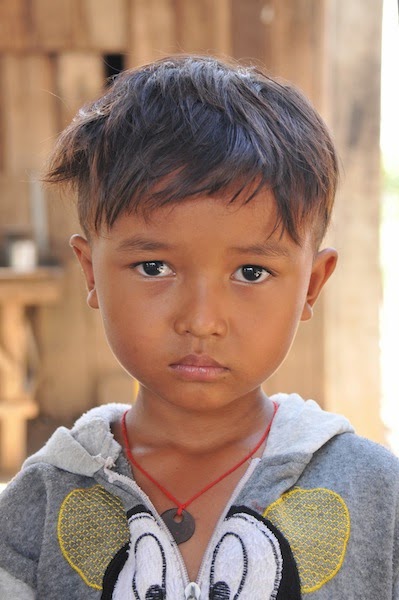
Phonm Penh. (Phnom means hill). We took our very lovely hired van, with AC and even a
TV screen, avoiding the morning air, thick with exhaust, dirt and grit. Many
people on motorbikes use surgical masks to protect themselves. While the
traffic is moderately heavy compared to other countries, it moves quickly and
deftly. We passed the stunning Royal Palace on our right as we took off.
roads, out past fields, farms and rice paddies, and about an hour later we arrive at a quiet dirt street. The house is up on posts, to protect it from flooding. The family is gathered below, under the house, quivering with excitement to see
us. Chickens strut about, oblivious to us. All the children, cousins, are huddled together, waiting. We make our greetings: there are so many
people, I am not sure who to look at first. Sithan introduces us: mother,
grandmothers, children. The culture here, as in many developing countries, is
for families to live together. So it’s not uncommon for families to live under
one roof, or in a compound. This is a compound. And these are loved children: they
are happy, giggly, a little shy of the white strangers. Two boys with
hemophilia: Sonee, born 9/12/08 (who wasn’t feeling well), and Sokheang, age 4,
who has a bit more meat on him, not in school yet.
to join Save One Life. She asked the questions, noting the answers, and sharing her thought process with Sithan: the child’s
name, birth date, siblings, family income, health status, bleeding episodes. It
is actually a lot of work, but it gives the hemophilia association members time
and chance to get to know each individual family who is part of their
association. Home visits are so important! You can see the living conditions,
meet family members, assess needs. Sometimes we uncover problems you would
never see by just a family visit to the clinic: special needs like want of a
wheelchair, a house with no toilet or electricity, or alcoholism in the family.
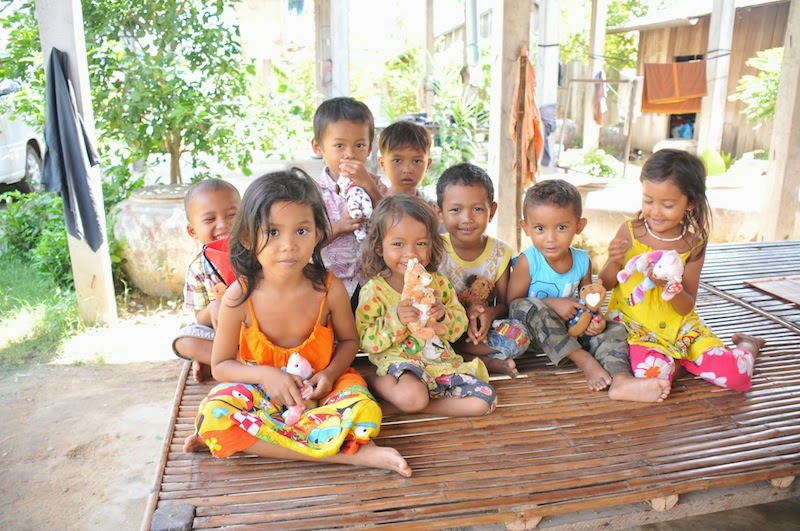
$150 a month. The mother works in a factory, the father is a driver. A humorous moment occurred when Martha ran down her list: is there electricity? Check. Bathroom? Outhouse, check. Own home? Check. Running water? No, well water. Check. Fridge?
peek-a-boo, they immediately seek me out and then act surprised or scared when they see me. They love the stuffed animals.
captivated everyone. A natural in front of the camera, I confess I took many pictures of him, to catch all his varied expressions. All the children were exceptionally beautiful.
visit was quite different. The family of eight, two parents and six kids, live
in a three-room house right in the city, on an extremely busy street. One room is a small storefront—basically a counter in front of a small room with various supplies stacked up. Out front,
a small refrigerated stand that serves ice cream and cold drinks. Only the mother and son were present. The boy, name unknown yet to me, was sitting on the small cot, one leg tucked under him,
his knee swollen; he was pale, remarkably thin, without musculature, and
sullen. The mother, age 49, was hyper and stressed. She sat on the floor next
to her son, and talked incessantly, while her son stared down at and played
with his overgrown fingernails. I’ve been in dozens of homes of the poor, but
this one really made me look hard. They are not as poor as most: there are two
cameras on tripods, so they own a side-business of taking photos. She has a
good inventory in the store of food, toiletries, batteries. But her house— what
a disheveled mess. Things stacked helter-skelter, dishes dirty. No place to
wash, or even cook. I don’t think she does cook. Many homes are dirty due to the
nature of where people live and lack of access to water, but most are organized.
The lack of space means people get creative with being organized. This was just
a random mess. It bothered Martha and me. And the boy, age 15, but looking like an eight year old, is
malnourished and weak. He isn’t attending school yet this year because he can’t walk on one
leg. He doesn’t want to be taunted. Later he added that there are five floors
to his school. PT is $10 a session. I told Sithan this is where he can make a
big difference as a “big brother” and mentor. This child needs physiotherapy,
and more than that, an attitude change. When we asked him questions, he looked
annoyed, lifted his head, and then dropped it.
and for him to offer something to his family, besides being a burden. We compared notes on the ride back, and Sithan said, The mother is stressed and the child is depressed. I know; I have been depressed. But even in families were the child has suffered immeasurable, I have always seen some glimmer of hope. Here, there needs to be a glimmer. Perhaps a sponsorship will show them that there is hope, and that they are cared for.

